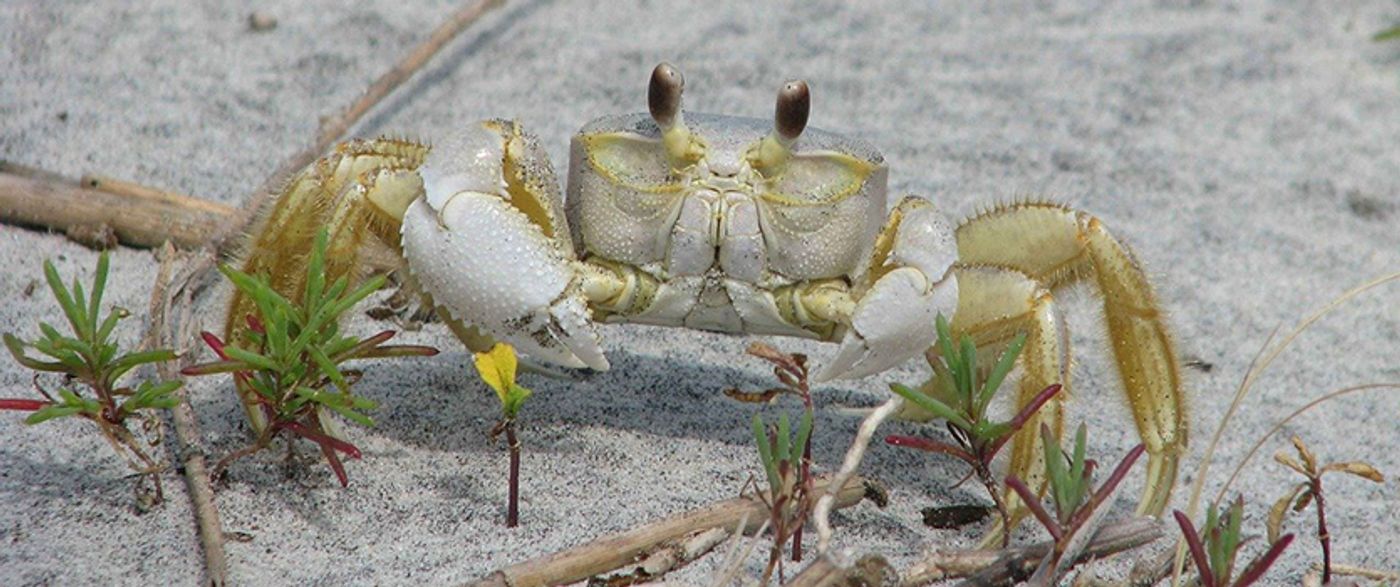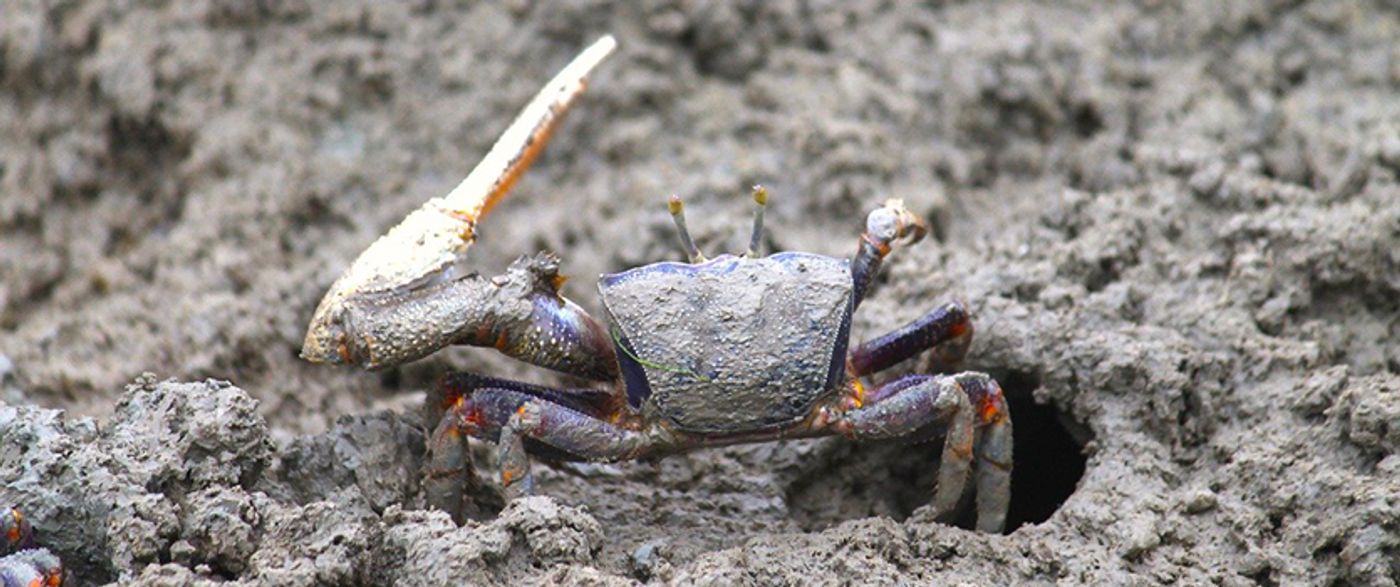Ghost Crabs Produce Sounds in Stomachs
Research from Scripps Institution of Oceanography (SIO) at the University of California San Diego (UCSD) and University of California Berkley (UCB) unveiled the unique communication method of Atlantic ghost crabs. According to an article from SIO, scientists assumed that all crabs communicated in the same way: by rubbing their legs, claws, or arms together to produce sound. This is called "stridulation." Additionally, the study reports that crustaceans create sound by drumming body parts on a substrate, trembling the exoskeleton or appendages, or bubbling internal fluids.
However, SIO reports that Jennifer Taylor, assistant professor at SIO, heard ghost crabs creating sound but did not see movement from legs or claws. This led her to investigate the source of the sound. According to the study, Taylor hypothesized that these sounds originated in the gastric mill, and she was correct. The study states that the gastric mill is an internal structure used to grind up food. Located in the crab's stomach, the gastric mill has more than 40 ossicles, one large medial tooth, and paired lateral teeth.
The team, which included scientists from UCB, used Laser Doppler vibrometry to pinpoint the sound's physical source. Additionally, SIO reports that the team performed fluoroscopies on the ghost crabs at the UCSD Medical Center in San Diego. Taylor told SIO, "For this approach to work, we had to get the crabs to ingest the dye. We eventually succeeded and were able to see the gastric mill teeth in the x-ray." The fluoroscopies confirmed her hypothesis.
The study suggests that this gastric stridulation is aggressive or defensive and used by young and old ghost crabs of both sexes. Additionally, the research suggests that neurotransmitters or hormones associated with aggression, such as serotonin, might stimulate the gastric mill to produce these sounds. According to the study, gastric stridulation might be more effective for close-range interactions allowing the ghost crabs to use appendages to convey size or defense. Claw stridulation is probably more effective at a distance, according to the study.
SIO reports that the communication and sound production of ghost crabs and fiddler crabs, a close relative, is very well studied. However, the use of gastric stridulation was unknown until now. Taylor says, "All crabs have a gastric mill and the capacity to communicate with sound. It will be interesting to see how our understanding of crustacean communication unfolds."
Sources: SIO, Proceedings of the Royal Society B: Biological Sciences










